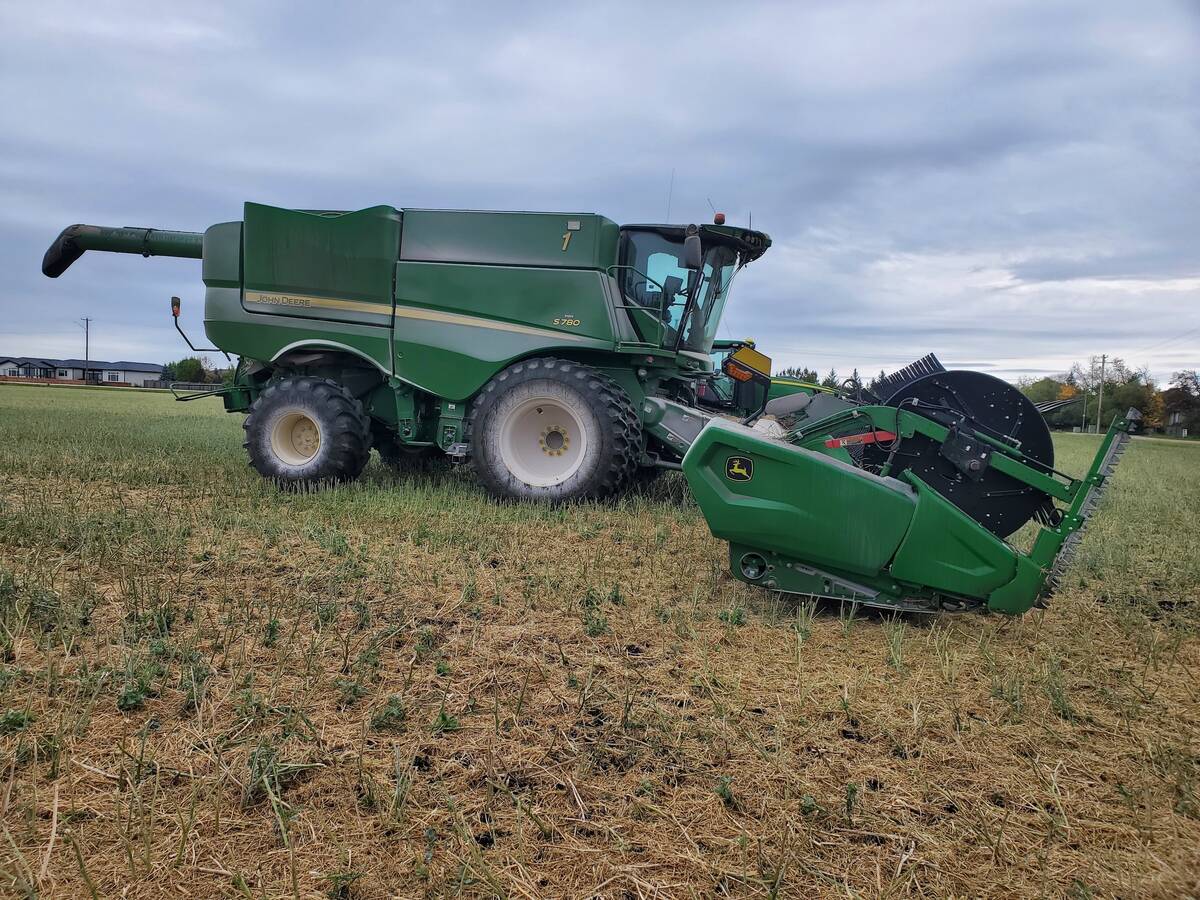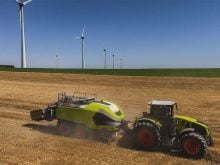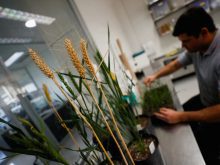Winterfat, more commonly known as lambstail, sweet sage, winter sage, white sage or feather sage, is a palatable, nutritious forage plant of western North America that is gaining interest because of its drought and salinity tolerance.
The shrub is native to southwestern Saskatchewan and southeastern Alberta.
Researchers at the Agriculture Canada research centre in Swift Current, Sask., have determined winterfat grows under harsh conditions and can quickly adapt to land reclamation and range revegetation.
It can withstand annual rainfall of less than 12 centimetres.
Read Also

Powdery mildew can be combine fire risk
Dust from powdery mildew can cause fires in combines.
Winterfat has been recognized as a dryland forage plant worth cultivating.
The stems are silvery or silvery blue. They die back in winter, leaving a woody basal plant.
It regrows from April to May and mature plants can be 20 to 75 cm tall depending on seed source.
Researchers say winterfat is an excellent browse for wildlife and livestock.
Plants collected in Saskatchewan had crude protein values of 11.5 percent between August and December, whereas native grasses had 6.2 percent crude protein in the same period.
The shrub is gaining higher regard for fall grazing of livestock in the Canadian semi-arid prairies.
Winterfat also has value as an ornamental for the prairie landscape. Species were once more common in the prairie landscape. But season-long stocking allows cattle to selectively graze winterfat, reducing its forage production and plant survival.
Winterfat can tolerate salinity and grow in all types of well-drained soils. It grows well in fine-textured soils and accommodates clay to rocky soils with a pH of 7.4 to eight.
The shrub grows in solid or sparse stands with pinyon or juniper or in grasslands at elevations between 1,200 and 3,000 metres. It can tolerate temperatures as low as -30 C.
Its adaptability combined with its deep taproot and numerous laterals make it useful for forage production and soil stabilization in the southern Canadian prairies.
The most productive winterfat sites are knolls with silty soil. It is found along with blue grama and clubmoss on south-facing slopes.
















